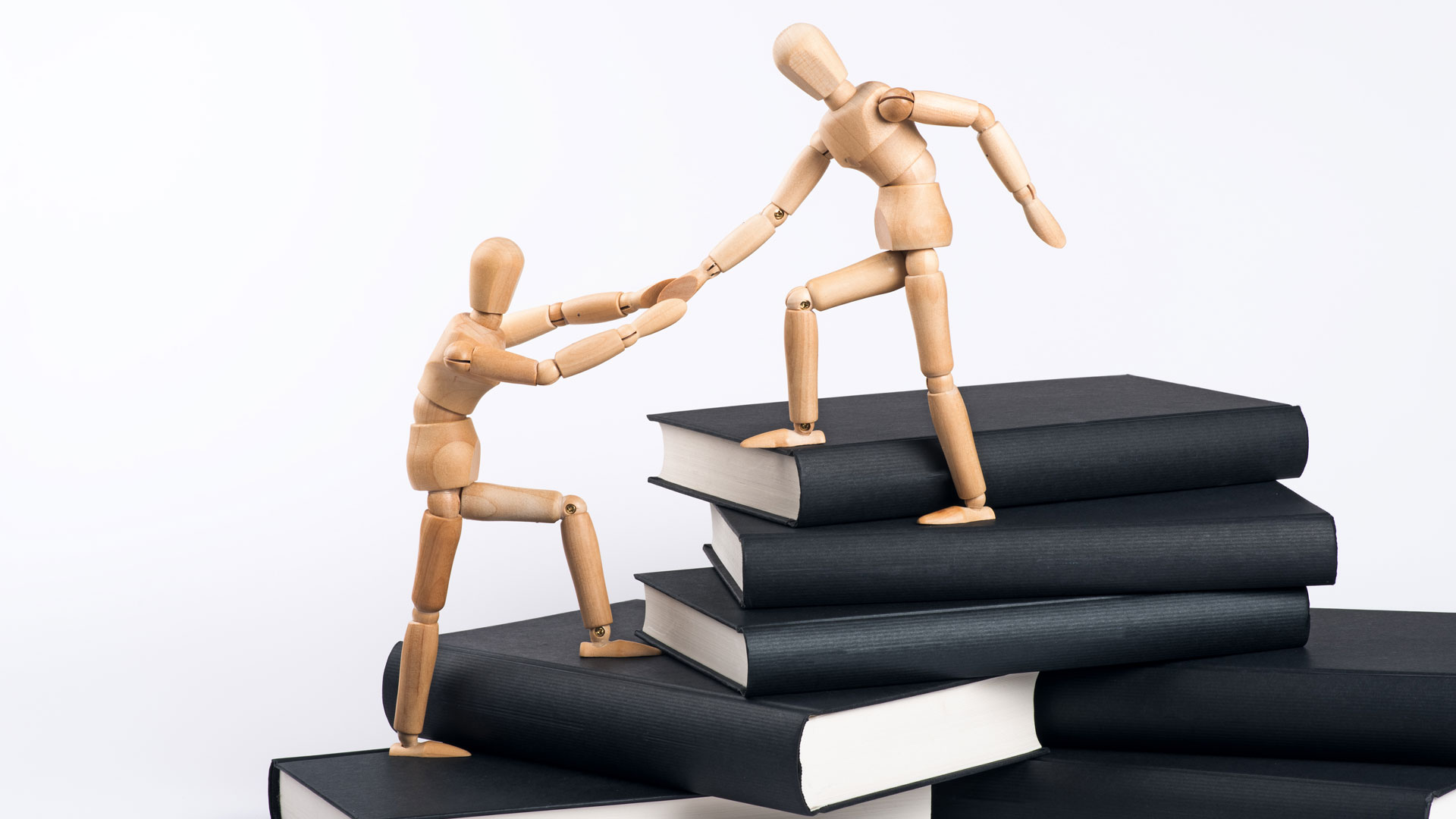
Creating an effective tutoring plan that caters to different learning styles is vital for any tutor aiming to help students succeed.
Creating an effective tutoring plan that caters to different learning styles is vital for any tutor aiming to help students succeed. Understanding how your students learn best can make a significant difference in their academic performance and confidence. In this post, we’ll explore how to identify and tailor your tutoring strategies to suit each student’s unique learning style, ensuring a more personalized and effective approach.
Recognizing different learning styles is crucial for tutors who want to create an effective tutoring plan. Every student learns differently, and understanding these differences allows tutors to tailor their teaching methods to meet individual needs. This personalization not only enhances learning but also boosts students’ confidence and motivation.
A personalized tutoring plan can make the difference between a student’s struggle and success. By catering to each student’s unique learning style, tutors can provide more targeted support, helping students grasp difficult concepts more easily and enjoy the learning process.
In this blog post, we’ll explore how to identify different learning styles, tailor tutoring plans accordingly, and provide practical examples and activities to engage students effectively. Let’s get started!
Learning styles refer to the preferred ways in which individuals learn and process information. Recognizing these styles in students helps in designing effective tutoring plans that cater to their specific needs.
The most common learning styles are:
Understanding these styles helps tutors create more engaging and effective lessons that resonate with each student.
Identifying a student’s learning style is the first step toward creating a personalized tutoring plan. There are several methods to assess learning styles, including quizzes, observations, and student feedback.
Quizzes designed to determine learning preferences can be a quick and effective tool. Observing a student’s behavior during lessons can provide insights into their preferred learning style. Additionally, discussing learning preferences directly with students allows them to articulate their needs and preferences.
Encouraging open communication about learning preferences fosters a collaborative environment where students feel valued and understood.
Visual learners absorb information best when it’s presented visually. They often use mental images to remember information and prefer visual aids over verbal instruction.
Typical traits of visual learners include:
To engage visual learners, incorporate visual elements into your tutoring sessions. Use diagrams, charts, and videos to explain concepts. Encourage students to use color-coding and create mind maps to organize information.
Creating visually engaging study materials can significantly enhance a visual learner’s understanding and retention of information. Tools like flashcards and interactive whiteboards can also be highly effective.
For example, a visual learner struggling with geometry might benefit from drawing shapes and using color-coded diagrams to understand different properties. Similarly, using video demonstrations for science experiments can make abstract concepts more tangible.
Activities like creating visual summaries or using graphic organizers can help visual learners process and retain information more effectively.
Auditory learners excel when information is presented verbally. They benefit from discussions, lectures, and audio recordings and often use verbal repetition to memorize concepts.
Traits of auditory learners include:
Engage auditory learners through discussions, lectures, and audio recordings. Encourage them to read aloud and use mnemonic devices to aid memory. Creating a study environment with minimal background noise can also help them focus.
Incorporating audio resources such as podcasts and recording study sessions for later review can enhance learning for auditory learners.
Kinesthetic learners learn best through hands-on activities and physical movement. They prefer engaging directly with the material and benefit from practical experiences.
Traits of kinesthetic learners include:
To support kinesthetic learners, incorporate hands-on activities, experiments, and physical movement into your tutoring sessions. Use role-playing and simulations to make learning interactive and engaging.
Creating opportunities for kinesthetic learners to physically engage with the material can enhance their understanding and retention of concepts.
Practical Examples and Activities
For example, an auditory learner struggling with history might benefit from listening to historical podcasts or participating in group discussions. Similarly, a kinesthetic learner might understand biology concepts better through hands-on lab experiments or interactive simulations.
Activities like role-playing historical events or conducting science experiments can make learning more engaging and effective for both auditory and kinesthetic learners.
Integrating multiple learning styles into a tutoring plan can provide a more comprehensive learning experience. A multisensory approach benefits all learners by engaging various senses and reinforcing information through different channels.
Blending visual, auditory, and kinesthetic strategies ensures that lessons are accessible and engaging for all students, regardless of their preferred learning style.
Flexibility in tutoring plans is essential to accommodate evolving learning preferences. Regularly soliciting feedback from students allows tutors to make necessary adjustments and refine their strategies.
Encouraging students to share their experiences creates a supportive learning environment where their needs are prioritized.
Creating an effective tutoring plan tailored to different learning styles can significantly enhance a student’s learning experience. By understanding and addressing individual preferences, tutors can provide more engaging and effective lessons.
Recognizing the importance of personalized tutoring plans not only helps students succeed academically but also fosters a love for learning. Tutors should continuously adapt and refine their strategies to meet the evolving needs of their students.
Ready to implement these strategies in your tutoring sessions? Start by assessing your students’ learning styles and tailoring your plans to cater to their unique preferences. For further resources and support, check out our recommended reading and tools for creating effective tutoring plans. Happy tutoring!


